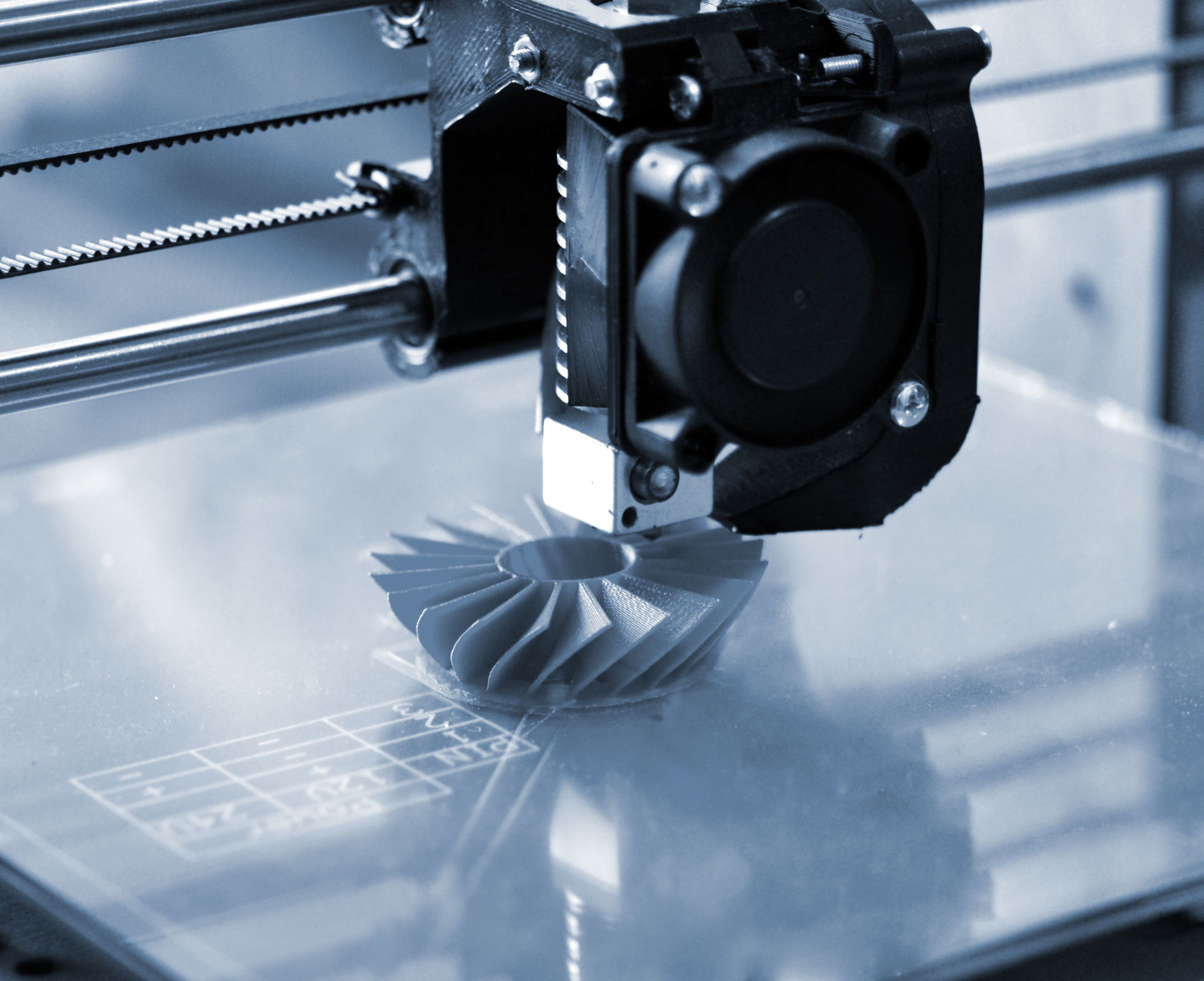Harnessing Rapid Prototyping: A Game Changer for Small Business Innovation
Understanding Rapid Prototyping
For small businesses, this often means finding innovative ways to develop products and services that meet customer needs quickly and efficiently. One such method is rapid prototyping. This technique allows businesses to create a preliminary product version to test its functionality and design before full-scale production.
Rapid prototyping is not just about speed; it's also about enhancing creativity and innovation. By using this method, small businesses can experiment with different ideas without the fear of costly failures. The flexibility and adaptability of rapid prototyping make it an invaluable tool for any small business looking to thrive in today's market.

Cost-Effective Product Development
One of the most significant benefits of rapid prototyping for small businesses is its cost-effectiveness. Traditional product development processes can be expensive, especially if changes need to be made late in the design process. Rapid prototyping allows businesses to identify and address potential issues early on, reducing the likelihood of costly modifications later.
Moreover, rapid prototyping can reduce the time-to-market for new products. This means small businesses can launch their offerings faster, gaining a competitive edge over companies that rely on more traditional methods. The ability to quickly respond to market demands is a critical factor in achieving business success.
Enhancing Customer Feedback
Another key advantage of rapid prototyping is its ability to facilitate better customer feedback. By creating a tangible prototype, businesses can present a real version of their product to customers and stakeholders for evaluation. This hands-on experience allows for more accurate feedback, ensuring that the final product aligns closely with customer expectations.
This iterative process helps businesses refine their products based on direct input, leading to higher customer satisfaction and increased loyalty. Small businesses can leverage this feedback to make informed decisions, ultimately leading to products that better meet market needs.
Fostering Innovation and Creativity
Rapid prototyping encourages innovation and creativity by providing a platform for experimentation. Small businesses can test out multiple ideas quickly without committing significant resources. This freedom to explore different concepts can lead to breakthroughs that might not have been possible with more rigid development processes.
By using rapid prototyping, small businesses can stay at the forefront of their industry, continually pushing boundaries and exploring new possibilities. This iterative approach not only boosts creativity but also leads to more refined and successful products.

Improving Communication and Collaboration
Rapid prototyping encourages innovation and creativity by providing a platform for experimentation. Small businesses can test out multiple ideas quickly without committing significant resources. This freedom to explore different concepts can lead to breakthroughs that might not have been possible with more rigid development processes.
Rapid prototyping allows small businesses to stay at the forefront of their industry, continually pushing boundaries and exploring new possibilities. This iterative approach not only boosts creativity but also leads to more refined and successful products.
